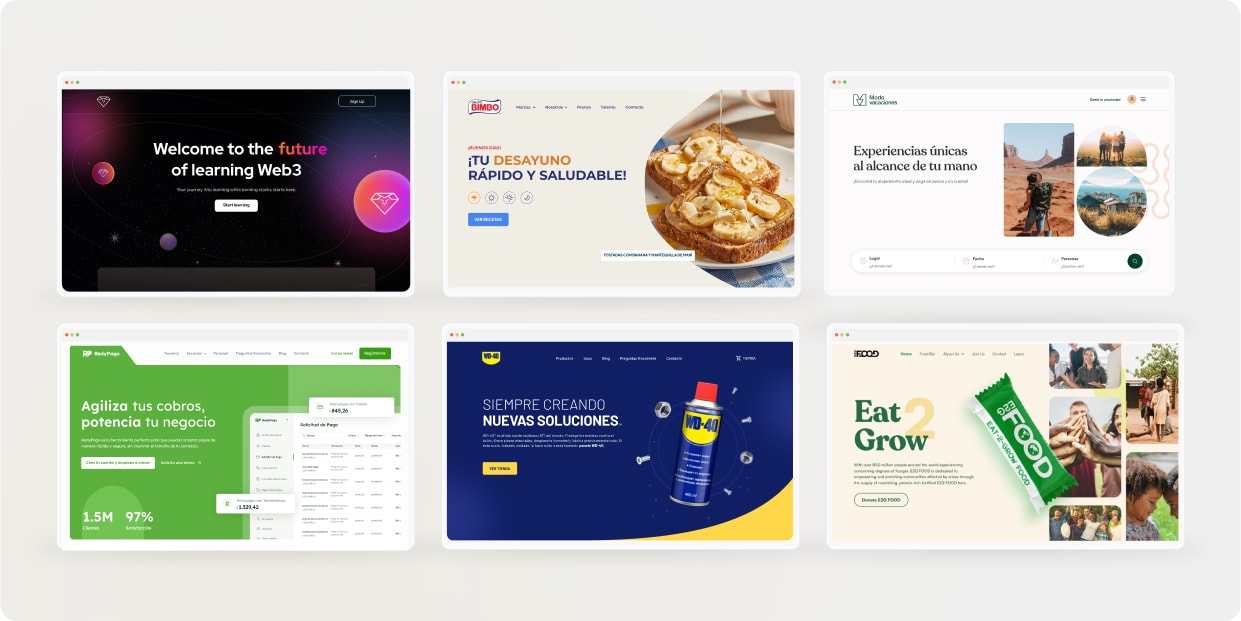
We create and build user-friendly websites tailored to meet client needs.
We design and develop websites that cater to the specific needs of our clients. Our services include custom website design, responsive web development, e-commerce solutions, content management systems, and search engine optimization. We ensure that websites are user-friendly, visually appealing, and optimized for performance. Our goal is to help businesses establish a strong online presence and enhance their digital marketing strategies.
Web design focuses on the visual aspects and user experience of a website, including layout, colors, typography, and graphics. It involves creating the look and feel of the site to ensure it is attractive and user-friendly. Web development, on the other hand, deals with the technical aspects, such as coding, programming, and the functionality of the website. It involves building the infrastructure that makes the website work, including databases, server management, and ensuring the site is responsive and performs well.
Responsive design ensures that a website looks and functions well on all devices, including desktops, tablets, and smartphones. With the increasing use of mobile devices to access the internet, having a responsive website is crucial for providing a positive user experience. It helps improve accessibility, enhances SEO rankings, and ensures that all users can navigate and interact with the website effectively, regardless of the device they are using.
The time required to design and develop a website varies depending on several factors, including the complexity of the site, the number of features and functionalities, the size of the team, and the client's specific requirements. A simple informational website might take a few weeks to complete, while a more complex e-commerce site with custom features could take several months. Clear communication and well-defined project scope can help streamline the process and ensure timely delivery.
Best practices for SEO in web design include ensuring a mobile-friendly and responsive design, optimizing page load speeds, using clean and semantic HTML code, and implementing proper meta tags and headings. Additionally, creating a clear site structure with intuitive navigation helps search engines crawl the site more efficiently. Incorporating quality content, using descriptive URLs, and optimizing images with appropriate alt text also contribute to better SEO performance. Regularly updating the website and ensuring it is secure with HTTPS can further enhance its search engine rankings.